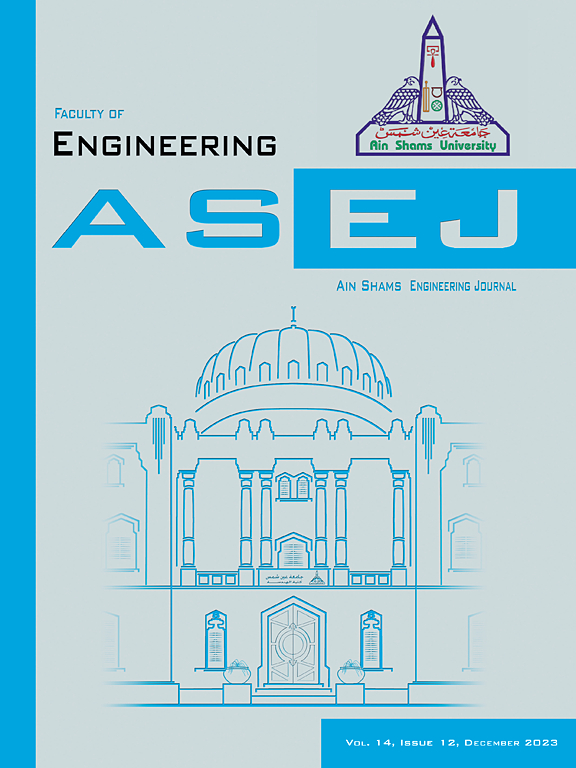Quantitative analysis of soliton molecules in the (2 + 1)-Dimensional Double-Chain DNA system with beta derivative: Novel insights from an analytical approach
IF 5.9
2区 工程技术
Q1 ENGINEERING, MULTIDISCIPLINARY
引用次数: 0
Abstract
This study employs the unified method to analyze fractional-order DNA systems and constructs various soliton solutions. These include kink, anti-kink, singular, singular-periodic, periodic, and hybrid solitons in different parameter regimes. Graphical depictions of these solutions demonstrate the system’s spatiotemporal dynamics, revealing dual wave behaviors and the influence of physical parameters on soliton formation. The results indicate that the dual behavior of kink-antikink solitons may offer insights into the formation of an open-state configuration within the DNA double helix. Specifically, the amplitude of the anti-kink wave profile increases as the distance between the DNA strands grows, and the soliton profile shifts with varying stiffness and cross-sectional area. Additionally, the oscillatory wave remains unaffected by stiffness and area in terms of amplitude, though its profile undergoes shifts under varying conditions. This study provides a mathematical framework that bridges applied mathematics and molecular biology, enabling the exploration of DNA dynamics.
具有beta导数的(2 + 1)维双链DNA系统中孤子分子的定量分析:来自分析方法的新见解
本研究采用统一的方法分析分数阶DNA系统,并构建各种孤子解。这些包括不同参数下的扭结孤子、反扭结孤子、奇异孤子、奇异周期孤子、周期孤子和混合孤子。这些解的图形描述展示了系统的时空动力学,揭示了双波行为和物理参数对孤子形成的影响。结果表明扭结-反扭结孤子的对偶行为可能为DNA双螺旋结构中开放态结构的形成提供见解。具体来说,反扭结波剖面的振幅随着DNA链之间距离的增加而增加,并且孤子剖面随刚度和横截面积的变化而变化。此外,振荡波在振幅方面不受刚度和面积的影响,尽管其轮廓在不同条件下会发生变化。该研究为应用数学和分子生物学提供了一个数学框架,使DNA动力学的探索成为可能。
本文章由计算机程序翻译,如有差异,请以英文原文为准。
求助全文
约1分钟内获得全文
求助全文
来源期刊

Ain Shams Engineering Journal
Engineering-General Engineering
CiteScore
10.80
自引率
13.30%
发文量
441
审稿时长
49 weeks
期刊介绍:
in Shams Engineering Journal is an international journal devoted to publication of peer reviewed original high-quality research papers and review papers in both traditional topics and those of emerging science and technology. Areas of both theoretical and fundamental interest as well as those concerning industrial applications, emerging instrumental techniques and those which have some practical application to an aspect of human endeavor, such as the preservation of the environment, health, waste disposal are welcome. The overall focus is on original and rigorous scientific research results which have generic significance.
Ain Shams Engineering Journal focuses upon aspects of mechanical engineering, electrical engineering, civil engineering, chemical engineering, petroleum engineering, environmental engineering, architectural and urban planning engineering. Papers in which knowledge from other disciplines is integrated with engineering are especially welcome like nanotechnology, material sciences, and computational methods as well as applied basic sciences: engineering mathematics, physics and chemistry.
 求助内容:
求助内容: 应助结果提醒方式:
应助结果提醒方式:


